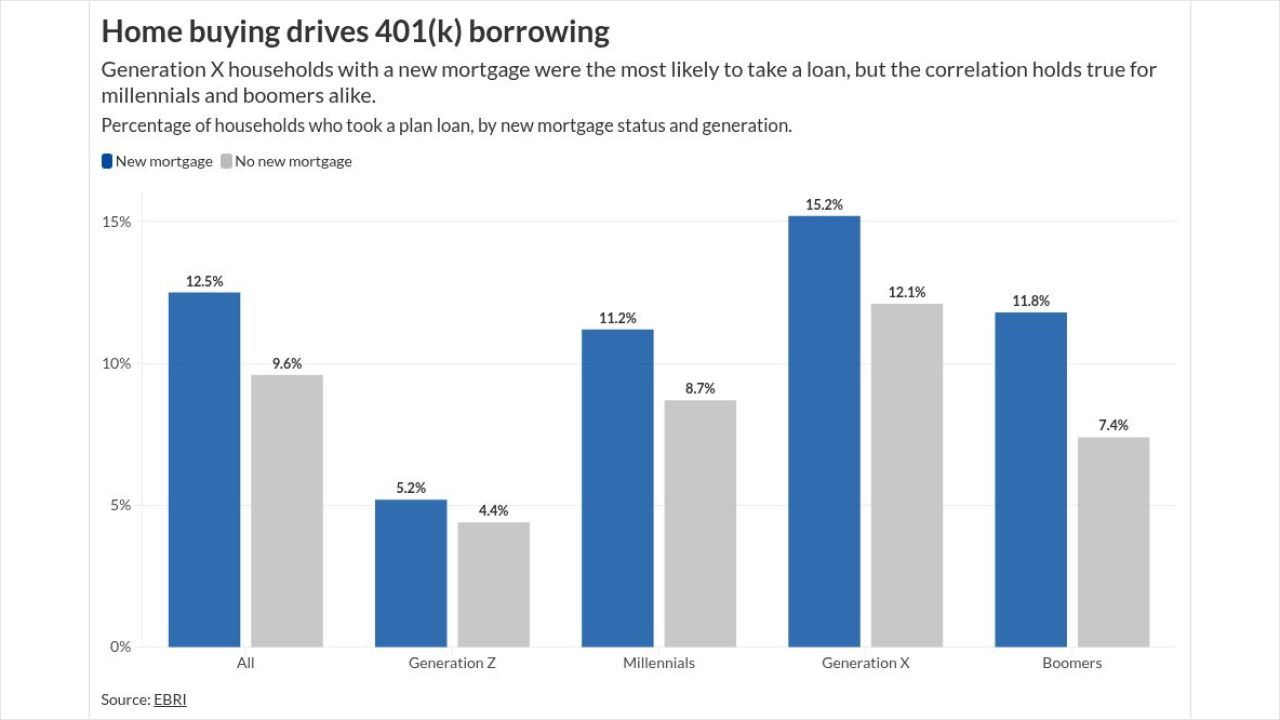In American culture, we tend to think of retirement as a black-and-white transition: Your employer throws you a party, someone gives you a gold watch and, just like that, you cross the line from "working" to "not working."
For most Americans, that's not really what happens. According to
"There may be a transition period where either an individual retires more gradually or one member of a couple retires before the other," said Sharon Carson, retirement insights strategist at
It's a dynamic that many financial advisors say is increasingly common.
"While I definitely continue to see clients ready and excited to fully retire all at once, I am seeing more and more clients opting instead to ease into retirement," said Carla Adams, founder of
In recent years, particularly since the COVID-19 pandemic, millions of Americans have "unretired" after leaving the workforce. In 2020, the number of U.S. retirements exceeded expectations by 2.4 million, according to the
But COVID isn't the only reason Americans work during retirement. Today 20% of retirees have either part-time or full-time jobs, and another 7% are looking for work, researchers at
"Many people who retire all at once can get shocked by the identity shift and reduction of mental stimulation," said Thao Truong, a CFP at
This lifestyle — partly retired, partly working — creates unique financial challenges. Surprisingly,
"Given more of them have revolving credit card debt and lower savings balances, we think they may be spending more because they can when they first get the extra income — hence the surge," Carson said.
Meanwhile, retirees who are now only working part-time earn less than they did before — and are drawing down their retirement nest eggs. For any partial retiree, this is a new set of conditions that requires new financial advice.
"The most common partial retirement we encounter is when a client reduces their workload to earn enough to cover their living expenses, but they stop contributing to retirement savings," said Jorie Johnson, founder of
READ MORE:
Then there's the Social Security question. Beyond a certain amount of income — in 2024 it's $22,320 — the program penalizes some retirees for collecting benefits and working at the same time.
"If people don't have enough of their personal retirement savings to draw from, and they need to tap into Social Security but are younger than their full retirement age, be extremely careful," Truong said.
But that's not the only way to be partially retired.
"I would say that it is less common for a couple to fully retire at the same time," said Ben Lex, a financial advisor at
And as Lex pointed out, there are often sound financial reasons for doing it this way.
READ MORE:
"One spouse may be ready to be done with work before the other, and it may financially make sense for one spouse to start receiving Social Security benefits while the other continues to work," he said. "They may still enjoy their work, or they may be too young to access Medicare and continue working for insurance or benefits."
Whether individually or as a household, Americans are increasingly treating retirement as a gradual process, not a finish line. And many financial advisors see that as a good thing.
"Partial retirement is a hidden gem allowing planners to invest more aggressively," said David Demming, founder of
This story has been updated to include comments from Sharon Carson, the author of JPMorgan's study.






